Green hydrogen has a key role to play in the world’s transition to sustainable energy and zero-emission economies. However, the process to produce it does require a high grade of water purity. Here, Lee Underwood, Director of Engineering and Industrialisation, takes a closer look at our packaged water treatment systems that can help maintain a reliable and consistent supply of hydrogen.
Green hydrogen is produced through a chemical process known as electrolysis. This method uses an electrical current to separate the hydrogen from the oxygen in water. The reaction itself takes place in an electrolyser. When the electricity that is used to power electrolysis is obtained from renewable sources, there are no carbon emissions released into the atmosphere.
If the water used to produce the hydrogen is not treated sufficiently, the ions in the water such as iron, nickel and chromium may damage the electrolyser, resulting in a continuously less efficient production process and the electrolyser will eventually need replacement.
As such, it is crucial that hydrogen producers specify water treatment systems that are reliable and will consistently deliver water quality of at least 1MΩ.cm. – the required purity grade for water used in hydrogen production.
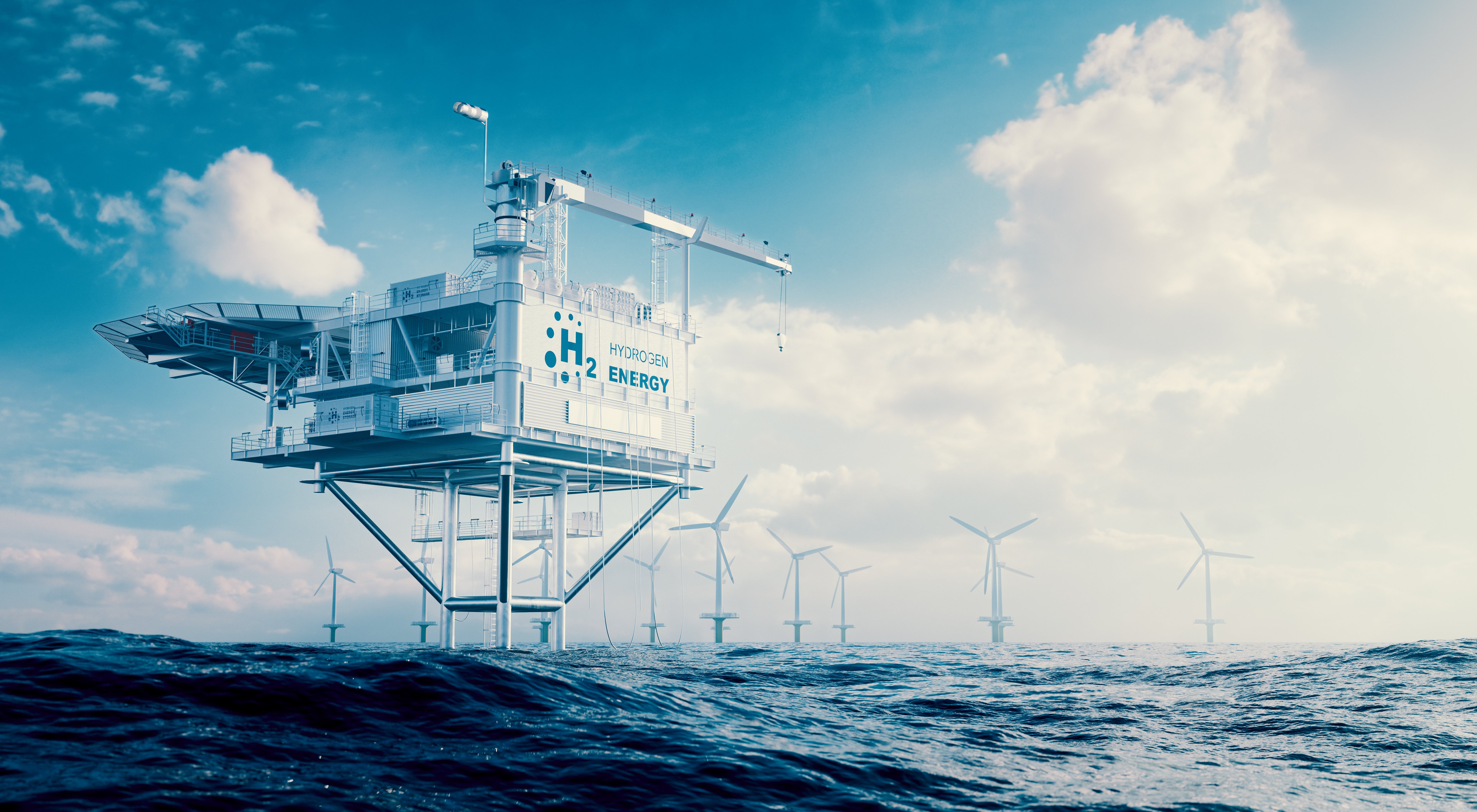
Another aspect that needs to be considered is how hydrogen production can take place in a variety of locations and environments. A critical challenge to overcome for a standard electrolyser package design is being able to adapt whilst still maintaining effectiveness. This is due to the sheer breadth of global environments that offer vastly different sources of feedwater including seawater, riverwater, boreholes, wastewater or town mains feed. The feedwater supply dictates the water treatment technologies needed to achieve that required water quality.
Pre-treatments could include particle filtration, water softening, organic scavengers, granulated activated caron (GAC filters), antiscalent dosing or degassing systems. The water must then go through a reverse osmosis (RO) system before it is polished with mixed bed ion exchange or continuous electrodeionisation (CEDI).
VWT, has used its expertise to design a range of ‘plug and play’ products. They incorporate different technologies within a single unit to deliver a reliable supply of water that is suitable for hydrogen production. These solutions vary depending on the application. Let’s take a look at them:
Smaller applications: 100kW – 1mW
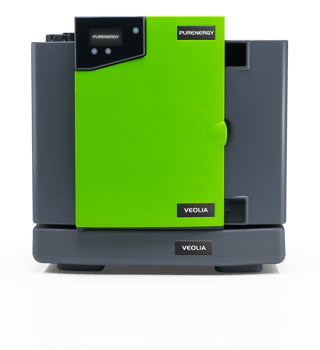
Our ELGA product range is ideal for electrolysers between 100 kilowatts (kW) and 1 megawatt (mW). The ELGA PURENERGY product has been specifically designed to deliver water for sub 1 mW hydrogen generation electrolyers and to improve the commercial performance of hydrogen generation systems. PURENERGY enhances electrolyser efficiency, reducing cooling loads and system complexity, minimising time to market and the cost per kg of new sub 1 mW hydrogen electrolyser designs.
A human led design ethos is at the core of the product range and in combination with Veolia Water Technologies’ global service network it offers service packages to ensure the availability and electrolyser efficiency that the commercial success of green hydrogen requires.
Larger applications: 1mW – 500mW
We also have packaged water treatment systems for electrolysers between 1mW and 20mW. These are typically used for industrial applications.
Our Sirion™ range of compact RO systems produce pure water from 10 l/h to 120m3/h with a low footprint. All products within the range are fully automatic and offer high salt rejection through the use of low energy membranes. The range includes Sirion™ Seawater, which is specifically designed to treat seawater by rejecting over 99% of the salt contained within the feed water. The flow rate for standard systems ranges from 1 to 31m3/h.
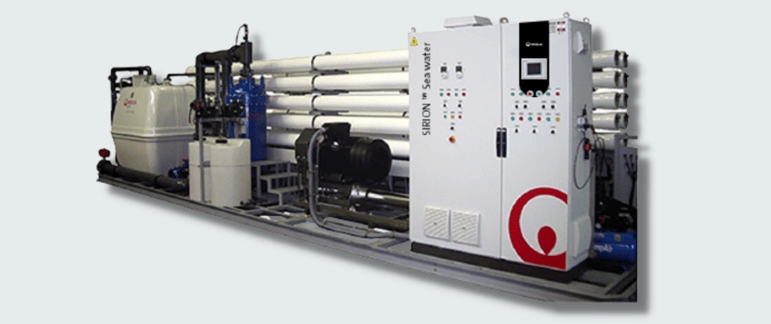
The Sirion™ Midi processes between 90 to 800 l/h, and has a TDS (Total Dissolved Solids) of up to 1000 mg/l. It incorporates four low-energy membranes, as well as a rotary vane pump, enabling it to produce water that is ideal for smaller industrial applications.
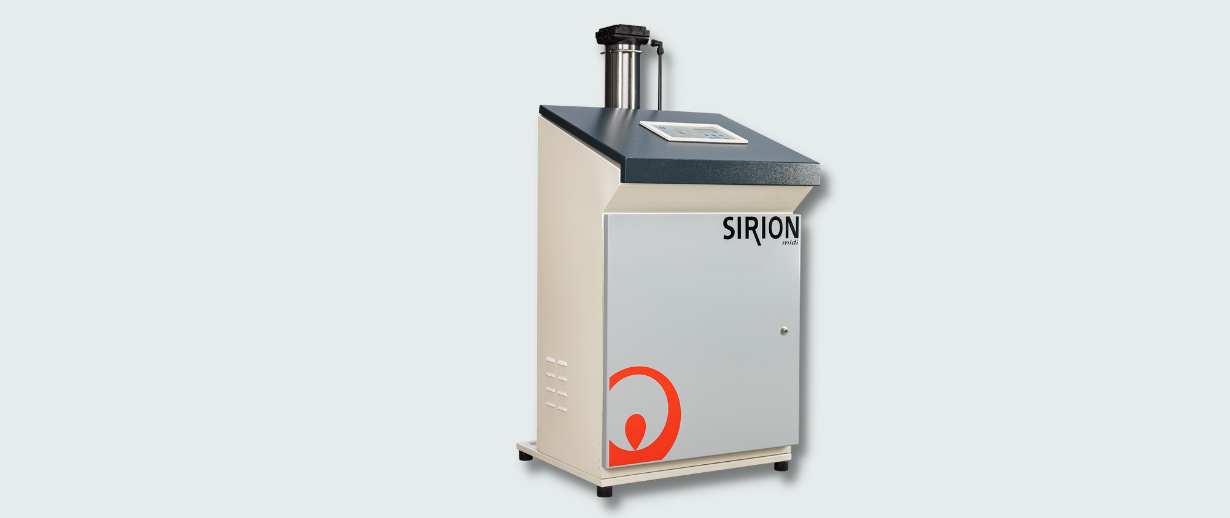
For larger projects there is the TERION and TERION S. These incorporate RO and CEDI to supply high quality demineralised water that prevents scale and corrosion from occurring. TERION removes over 99.9% of dissolved inorganics to produce the highest specification of demineralised water and is available in five different single skid-mounted units. Meanwhile, the TERION S is available in seven skid-mounted models.
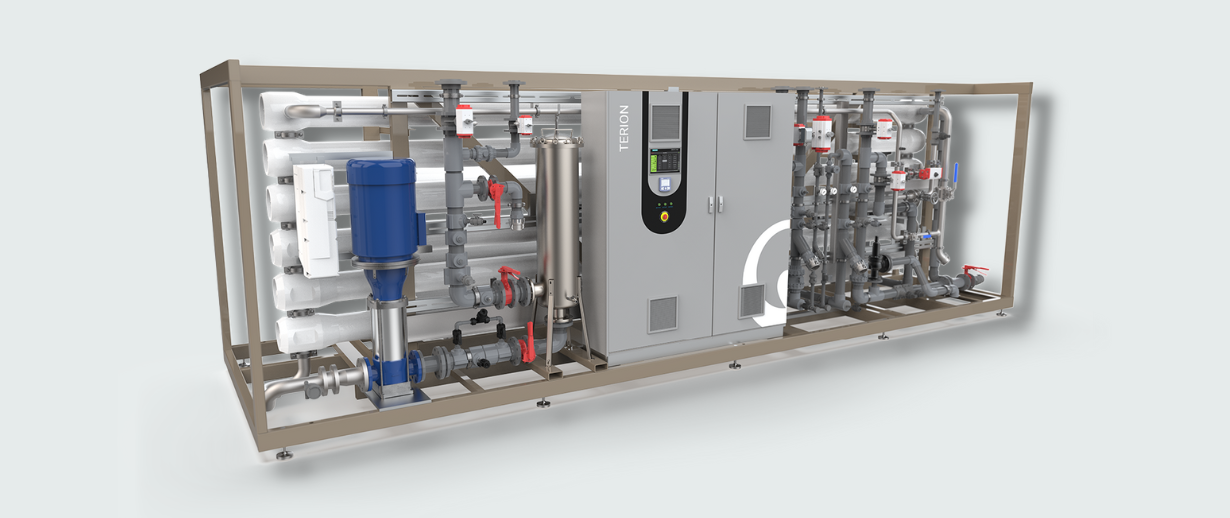
For projects with electrolysers working at 100kW – all the way up to 500mW - VWT UK can design and deliver bespoke systems. Ultimately, we can offer a range of packaged solutions that provide all the water treatment technologies a site requires in a single unit or a multiple of connected water treatment systems. What’s more, VWT UK solutions are backed up by a global service team to ensure that products continue to operate at their maximum capabilities throughout the life of the electrolyser.
For more information on water for hydrogen production, please click here.